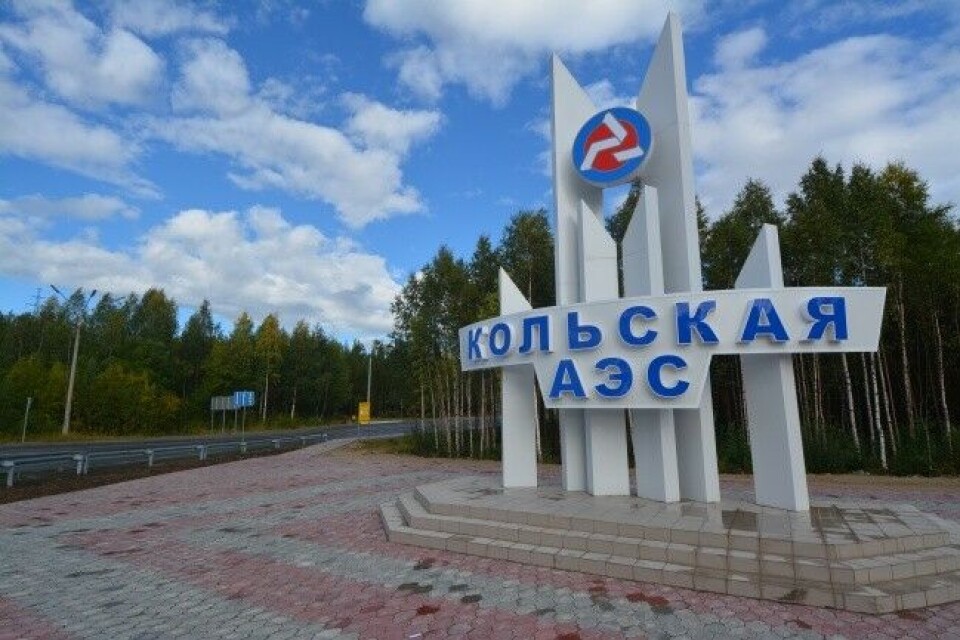
Extended lifespan for Kola reactor
Kola Nuclear Power Plant’s reactor no 3 is licensed to work for another ten years, pushing the lifespan of the 35 years old reactor until 2026.
The Federal Service for Ecological, Technological and Nuclear Supervision Rostekhnadzor has given Kola Nuclar Power Plant (KNPP) license to operate reactor number 3 until December 2026, Rosatom’s website reads. The previous license from 2011 expired February 7.
“The new license is a result of the safe operation of KNPP’s reactor 3 over the last five years, and a confirmation of the quality of improvements that have been done on it,” Rosatom says.
Rosatom has invested 1.5 billion rubles (€16.74 million) on 116 different improvement projects on reactor 3 in course of the last five years.
Reactor 3 was connected to the electricity grid in 1981, and is the second newest of the power plant’s four reactors.
Reactors 1 and 2 went online in 1973 and 1974 respectively, and are part of Russia’s first generation of PWR reactors (the VVER 440/230 type). Reactor 3 is together with reactor 4 (online 1984) of the improved VVER 440/213 type.
Reactor 4 on grid after automatic shutdown
The cause of a surprise reactor shutdown at KNPP’s reactor 4 on Tuesday is explained by the station’s press service as “deterioration of the insulation of a power cable in the course of conducting scheduled tests on an auxiliary systems’ pump.
The reactor was up and running again one day after the emergency shutdown, after what the press service indicated was “an elimination of the malfunction” and “checks on the operational capabilities of equipment.”
The Kola plant release continued to say that “switching the reactor off the grid happened in accordance with engineered algorithms: No limits or conditions of safe use were violated.”
On the seven-point International Nuclear Eventscale (INES) the shutdown was assigned a “zero,” which indicates an event that has “no safety significance” for the plant. The station also reported that background radiation levels at the plant and in surrounding areas remain unchanged since before the shutdown.
Reactors 1 and 2 were designed to work for 30 years and were originally slated to be shut down in 2003 and 2004. However the shutdown did not happen. Instead, the operational lifespan of the reactors were extended, after a massive safety upgrade effort that included about 200 safety systems upgrade projects and was financed in part by the governments of Norway, Sweden, Finland and USA. The reactors have licenses to operate until 2018 and 2019.















